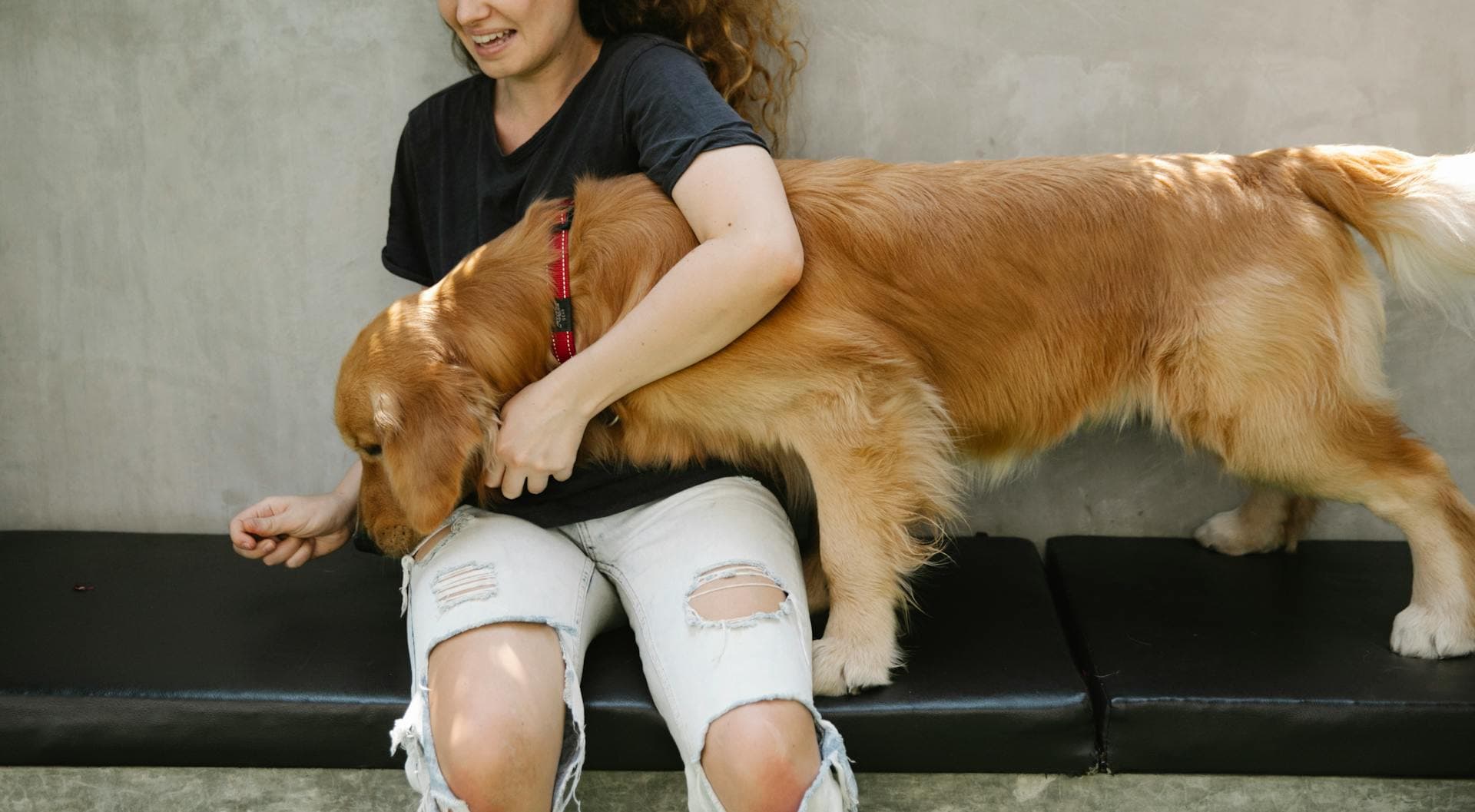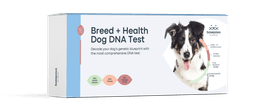If you have caught your dog poking their nose in your bag to get some of those peppermint chewing gum, be aware that xylitol and dogs are a deadly combination, and there is a reason behind it.
The article covers all about xylitol poisoning in dogs, which you must stay aware of, and sheds light on why xylitol is toxic to dogs, a list of products containing xylitol dogs must not consume, and ways to manage and prevent xylitol toxicity in dogs.
What Is Xylitol?
Xylitol is a natural sugar alcohol, which is used as a sugar substitute and is not an actual alcohol. It is a carbohydrate, also known as birch sugar, found in various human products such as baked desserts, candy, chewing gum, chewable vitamins, and cough drops.
Why Is Xylitol Dangerous for Dogs?
Xylitol, which is safe for humans, can be deadly to dogs. This is because the way blood sugar is controlled in the body isn't the same for both. In humans and dogs, the blood sugar is managed by the insulin release from the pancreas.
While xylitol does not trigger the release of insulin from the pancreas in humans, it is quickly absorbed into the dogs’ bloodstream, resulting in a vigorous release of insulin. This swift insulin release causes a massive drop in blood sugar, also known as hypoglycemia - a reaction that can happen in 10-60 minutes after consuming xylitol. When hypoglycemia is left untreated, it can be deadly.
How Much Xylitol Is Toxic to Dogs?
Since the amount of xylitol differs in every product, how much of a product is toxic to dogs also varies. Lower xylitol doses (0.045 grams/pound or 0.1 grams/kilogram) can cause hypoglycemia, and higher doses (0.11 to 0.22 grams/pound or 0.25 or 0.5 grams/kilogram) of xylitol can lead to liver failure.
Immediate Actions if Your Dog Consumes Xylitol
Signs Your Dog May Have Ingested Xylitol
First thing first - look for signs if you think your dog has consumed xylitol, which includes:
Vomiting
Weakness
Depression
Tremors
Lack of coordination
Collapse/Coma
Steps to Take Immediately
According to an article by the VCA Animal Hospitals, if you doubt your dog has ingested a xylitol-containing product, immediately call or visit your veterinarian or contact the Pet Poison Helpline to get more information about the product your dog has consumed and your next move.
It would be best to get your dog treated immediately. Avoid inducing vomiting or giving anything orally to your dog unless your veterinarian has instructed you to do so. It is critical to understand that if a dog already suffers from hypoglycemia, causing vomiting can aggravate their clinical symptoms.
Preventing Xylitol Poisoning in Dogs
Some practical ways to prevent xylitol poisoning in dogs include:
Training Your Dog to Avoid Human Foods
The best way to keep your dog away from products containing xylitol is by training them to avoid human foods altogether. You can do that by placing food on a plate and asking them to leave it while holding treats in one hand. Offer lots of praise and treats when they obey. Repeating the process with your pup several times will help them understand what you expect from them.
Safe Alternatives to Xylitol for Dogs
Sweets (natural or artificial) are not recommended for dogs. But if your dog puts their paws on products that contain sweeteners, you want to ensure which ones are safe. According to the American Kennel Club, some safe alternatives to xylitol include:
Erythritol
Stevia
Saccharin
Aspartame
Sucralose
Monk Fruit
However, it is crucial to note that even these safe alternatives should not be ingested by your dog in large quantities.
Common Products Containing Xylitol
List of high-risk products
Some xylitol products you must keep away from your dog at all costs.
Chewing gum
Breath mint
Baked goods
Children’s chewable vitamins
Mouthwash
Toothpaste
Some peanut and nut butter
Cough syrup
Hidden sources of xylitol
Xylitol may not be explicitly labeled with its name; look for alternative words on the products, such as birch sugar, sugar-free, diabetic friendly, or reduced sugar.
Long-Term Effects of Xylitol Poisoning in Dogs
Potential Damage to the Liver
By ingesting higher doses of xylitol dogs can experience extreme liver damage, which often leads to liver failure.
Neurological Impacts
According to an article published by the Wiley Online Library, xylitol can have neurological impacts in dogs, such as depression, seizures, tremors, hyperesthesia, paresis, and coma.
Rehabilitation and Care for Affected Dogs
Immediate and aggressive treatment is critical in xylitol poisoning of dogs. If your dog has consumed xylitol less than six hours before, your vet will cause vomiting and begin monitoring their blood sugar, for which your dog may get hospitalized for a day or two.
Since large doses of xylitol affect the liver, it is essential to monitor the condition of the liver. So, to ensure their liver values are in normal ranges, your dog’s blood work is rechecked for 72 hours after consuming xylitol.
Conclusion
Products with xylitol for dogs are deadly. So, to prevent your dog from xylitol poisoning, keep all the products containing this sugar substitute xylitol far away from the pet, and if they get their hands on your peppermint chewing gum, immediately call your vet.
Frequently Asked Questions
Can dogs eat mint?
Dogs can eat one or two fresh and plain mint leaves once a day, but mint products like candy, chewing gum, and toothpaste may contain xylitol, which is toxic to dogs.
Can dogs have caramel?
Caramel isn’t toxic to dogs, but offering caramel means higher sugar content, which can cause health issues such as diabetes, dental problems, and obesity.
Xylitol is used in which soft drinks?
Xylitol is typically found in diet-friendly soft drinks.




